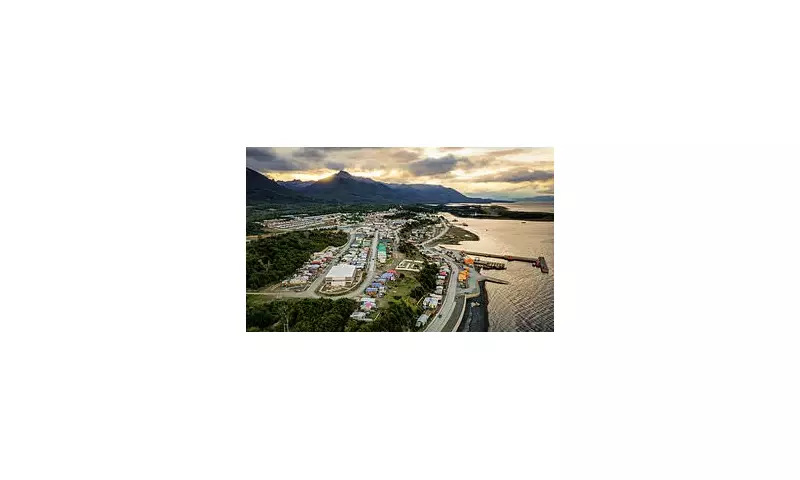
Scientists have uncovered a terrifying geological threat lurking beneath one of the world's most treacherous waterways. New research reveals the Drake Passage, the infamous stretch of ocean between South America and Antarctica, could generate earthquakes powerful enough to trigger catastrophic tsunamis.
The Hidden Danger Beneath the Waves
An international team of researchers has mapped the seafloor of this remote region with unprecedented detail, discovering a complex network of geological faults that could rupture with devastating consequences. The study, published in the prestigious journal Geophysical Research Letters, shows how these underwater fractures could unleash earthquakes exceeding magnitude 8.0.
Why This Discovery Changes Everything
The Drake Passage has long been considered geologically stable, but this new evidence completely overturns that assumption. Researchers identified what they describe as a "subduction zone in its infancy" - the early stages of the same geological process that caused the 2004 Indian Ocean tsunami that claimed nearly 230,000 lives.
Dr. Madeleine Saunders, lead researcher from the University of Southampton, explained the significance: "We're witnessing the birth of a new seismic threat. While it might take millions of years to fully develop, the potential for significant earthquakes exists right now."
Potential Impact Zones Revealed
The research indicates that tsunami waves generated in the Drake Passage could reach:
- Southern Chile and Argentina within hours
- The Falkland Islands with potentially devastating force
- Coastal areas of New Zealand and Australia through amplified waves
- Antarctic research stations along the peninsula
A Call for Enhanced Monitoring
The findings have prompted urgent calls for improved seismic and tsunami monitoring in the Southern Ocean. Currently, the region lacks the sophisticated warning systems deployed in Pacific earthquake zones.
"This isn't about causing panic, but about being prepared," emphasised Dr. Saunders. "Understanding this threat now gives coastal communities and governments time to develop appropriate safety measures."
The research team continues to monitor the region, deploying additional sensors to better understand the timing and potential magnitude of this newly discovered threat.





